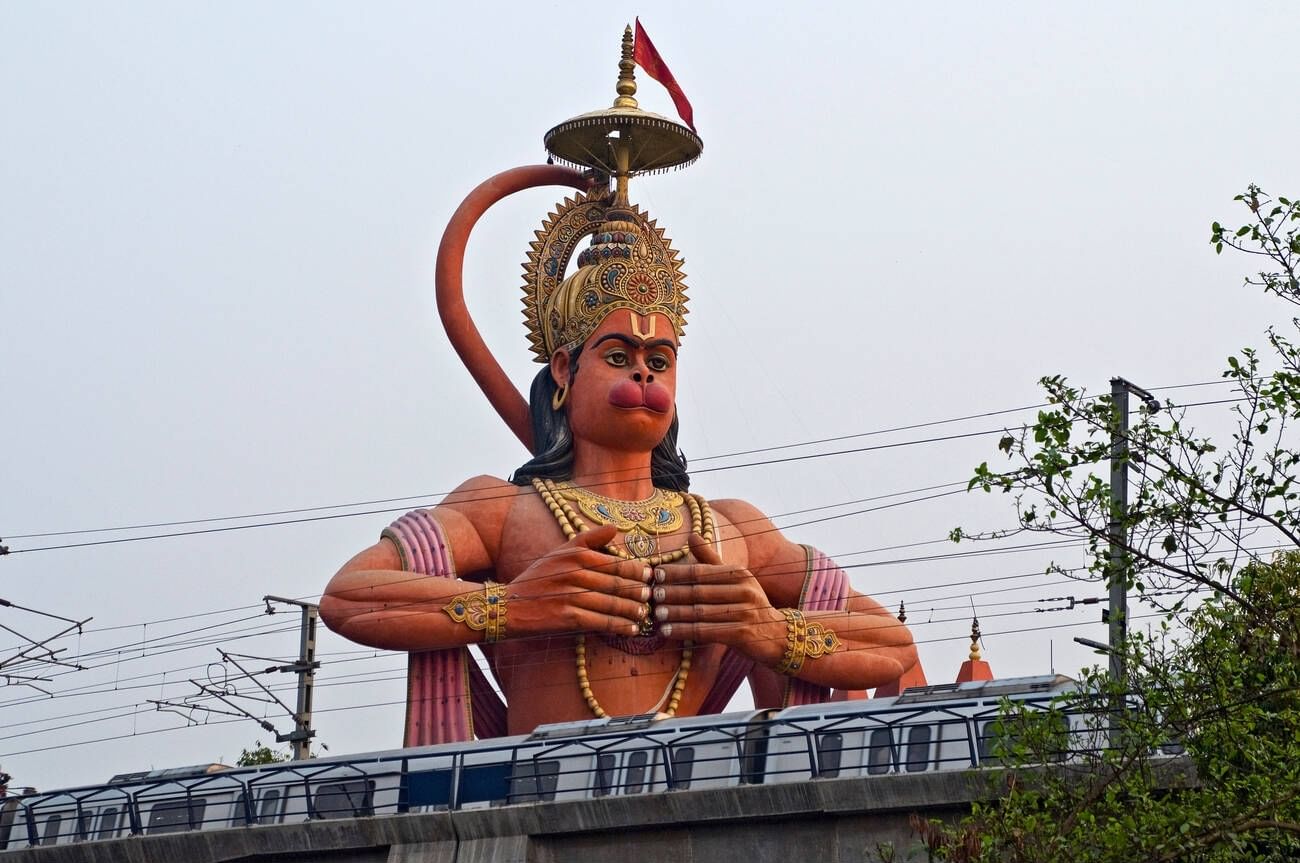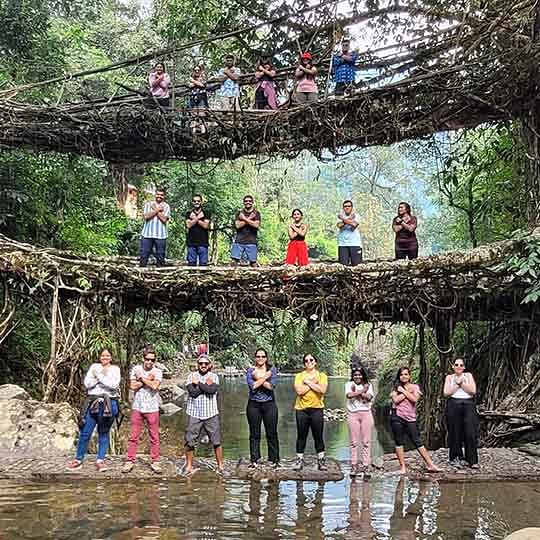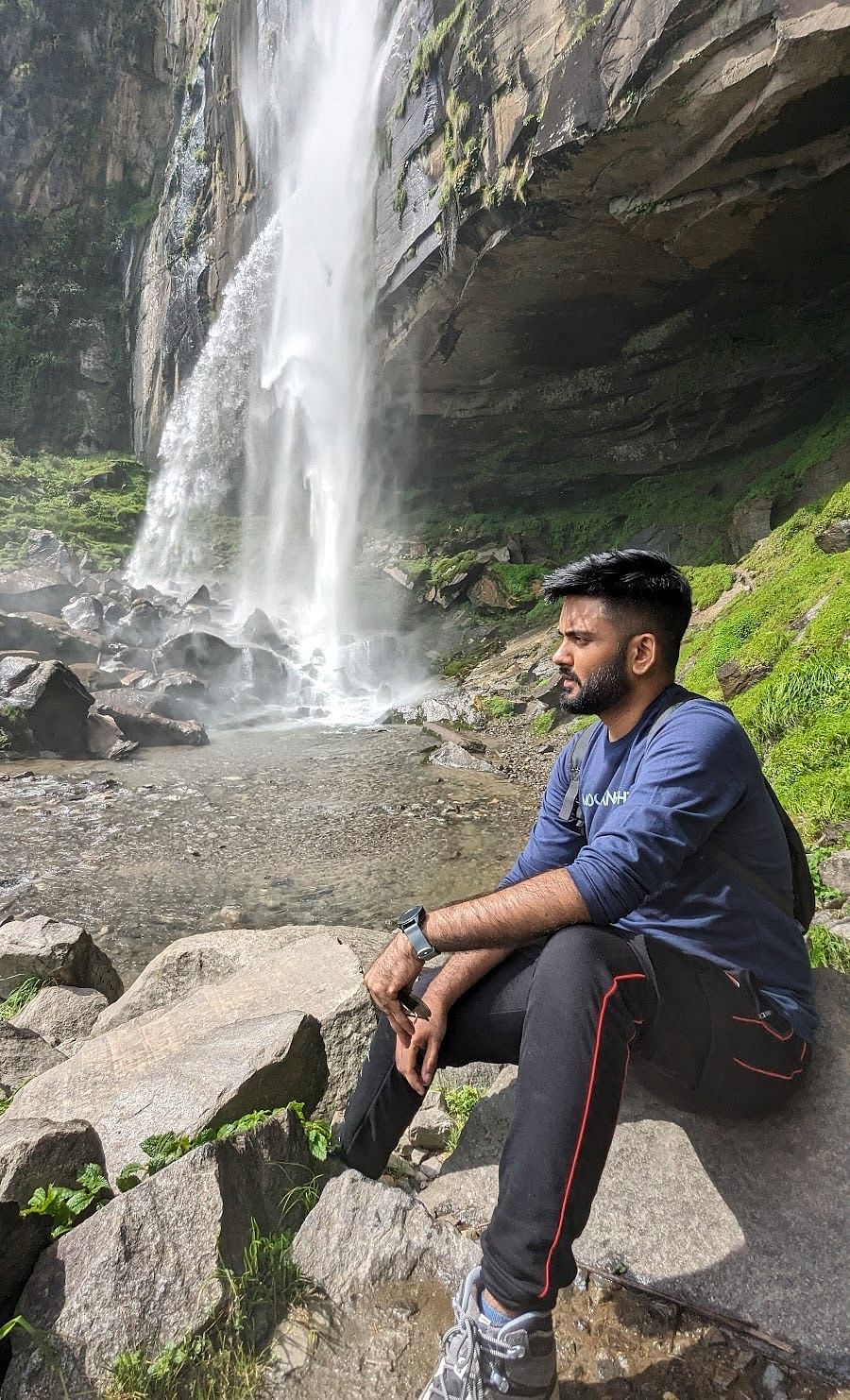Delhi is home to numerous Jain temples, with Shri Digambar Jain Lal Mandir being the oldest and most famous in the nation. As the first Jain temple in India, it stands prominently opposite the iconic Red Fort at the junction of Netaji Subhas Marg and Chandni Chowk. It is also commonly referred to as the Red Temple.
Located in the heart of the bustling city, Shri Digambar Jain Lal Mandir stands as a beacon of tranquility and spiritual reverence. This historic sanctuary, with its intricate architecture and serene ambiance, offers a captivating glimpse into Jainism’s rich cultural and religious heritage. Amidst the modern urban landscape, the temple provides a peaceful retreat, inviting visitors to explore its timeless beauty and profound serenity.
So when you book your India trips and land in Delhi, adding this Jain Mandir in Chandni Chowk to your itinerary ensures a blend of history, faith, and serenity.
How to Reach Sri Digambar Jain Lal Mandir?
Wondering how to reach Digambar Jain Lal Mandir? Here are the best convenient ways:
By Road
- Local and state buses service the temple, with the nearest stop being the Shivaji Park bus stop.
By Rail
- The Sri Digambar Jain Lal Mandir’s nearest metro is Chandni Chowk (Yellow Line) and Lal Quila (Violet Line), approximately 1.5 km from the temple.
By Air
- The nearest airport is Indira Gandhi International Airport, located 20.4 km away via the Golden Quadrilateral highway.
Related Top Selling Packages
Best Time to Visit Digambar Jain Temple Delhi
The best time to visit the Digambar Jain Temple Delhi is during the festivals of Paryushan, Samvatsari, Jnaan Panchami, and Deepawali when the celebrations at the shrine are at their peak. These festivals fill the Sri Digambar Jain Lal Mandir with devotional energy, rituals, and special prayers.
Among things to do in Sri Digambar Jain Lal Mandir, you can visit the Bird’s Charity Hospital. The temple complex includes a renowned bird hospital, which claims to be the only institution of its kind worldwide, treating approximately 15,000 birds annually. Established in 1956 at the behest of Acharya Deshbhushan Maharaj, the hospital’s origins date back to 1930.
Inspired by Lord Mahavira’s message of “live and let live,” the hospital provides free treatment to birds. It serves as a rescue sanctuary for pheasants, often caught and injured by fowlers, and also treats squirrels, which pose no threat to birds. However, birds of prey, being non-vegetarians, are treated strictly on an outpatient basis.
At the hospital, birds receive treatment, are bathed, and are given nutritious food to aid their recovery. Once deemed fit and healthy, they are released, typically on Saturdays. Initially, birds are kept in the intensive care unit and later moved to general wards where they regain strength and eventually fly away.
The birds are fed a vegetarian diet of bread and cheese, with treatments funded by Jain donations. The hospital maintains a separation between vegetarian and carnivorous patients, with predators like eagles, hawks, and falcons housed on the first floor.
Every Saturday, a portion of the roof is opened, allowing the cured birds to fly out. The hospital adheres to a core principle of Jainism – ensuring freedom for all living beings, regardless of size or significance. Once admitted, birds are never returned to their previous owners to prevent potential captivity.
This initiative sets the Jain Mandir in Chandni Chowk apart as not just a place of worship but also a sanctuary of kindness and service.
History of Sri Digambar Jain Lal Mandir
Sri Digambar Jain Lal Mandir Delhi is one of the religious places to visit in Delhi and was originally constructed in 1658 and was subsequently expanded and renovated in the early 19th century. It is believed that during the Mughal era, permission was granted to erect a temporary structure to house a Jain temple. The principal deity worshipped was Tirthankara Parshva. At that time, the temple housed three marble idols, which were overseen by a Jain officer serving in the Mughal Army. Over time, it evolved into one of the most important Jain Mandir Delhi offers. Today, it continues to be a hub for devotees who honor the timeless values of Jainism.
Architecture of Sri Digambar Jain Lal Mandir
The Jain Lal Mandir in Delhi is constructed from striking red sandstone and features a Manastambha column at its entrance, a small courtyard surrounded by a colonnade, and the main devotional area located on the first floor. Within the temple, there are several deities, with the principal deity being Lord Mahavira, the last Jain Tirthankara.
Shri Digambar Jain Lal Mandir Delhi also houses statues of Rishabhanatha, the first Tirthankara, and Lord Parshvanath. This sacred space is known for its peaceful and serene atmosphere, perfect for offering prayers and one of the most peaceful and profound things to do in Delhi. The temple is adorned with intricate carvings and paintings in the ante chambers.
Devotees from around the world visit to pray and offer fruits, grains, rice, and candles. The lighted candles and elaborate paintwork create a tranquil ambiance within the temple. The Digambar Jain Mandir Chandni Chowk also houses a bookstore filled with Jain scriptures and literature, making it a spiritual and cultural learning center.
A Peaceful Retreat in The Heart of Delhi
Sri Digambar Jain Lal Mandir Delhi location is opposite the Red Fort and stands as a testament to the enduring legacy of Jainism and its profound cultural heritage. This sacred site, with its exquisite architecture and tranquil atmosphere, offers a unique escape from the hustle and bustle of urban life and makes it one of the best Jain mandir Delhi has for both devotees and travelers.
Whether you are a devotee seeking spiritual solace or a visitor interested in exploring historical landmarks, the temple provides a rich and rewarding experience. It remains a cherished symbol of peace, devotion, and timeless beauty, inviting all who enter to pause, reflect, and appreciate the profound serenity it embodies.
With WanderOn, you can seamlessly explore Delhi’s spiritual landmarks, heritage sites, and vibrant bazaars. Our curated experiences ensure you not only visit Lal Mandir Delhi but also discover the hidden essence of Chandni Chowk and beyond. Let us be your companion in finding peace, culture, and unforgettable journeys.

















